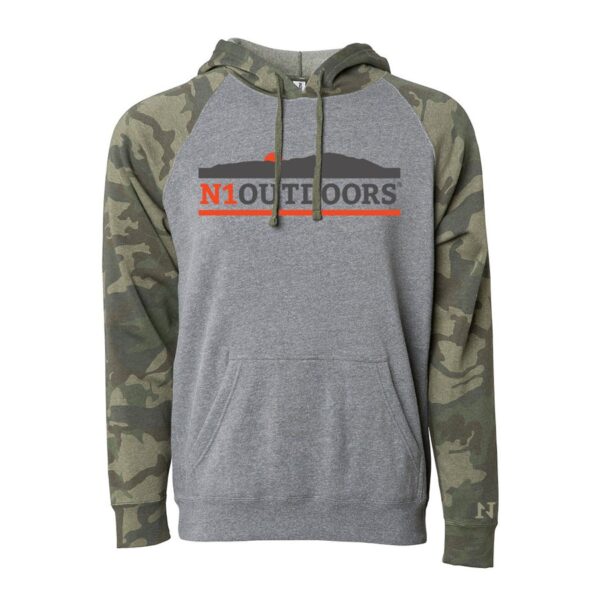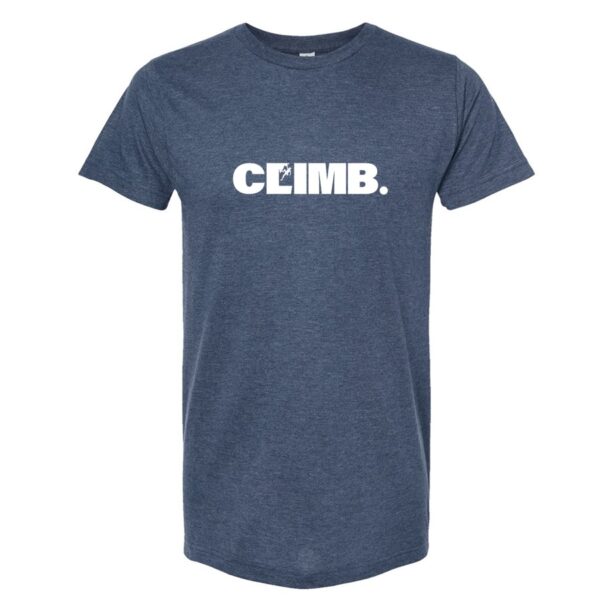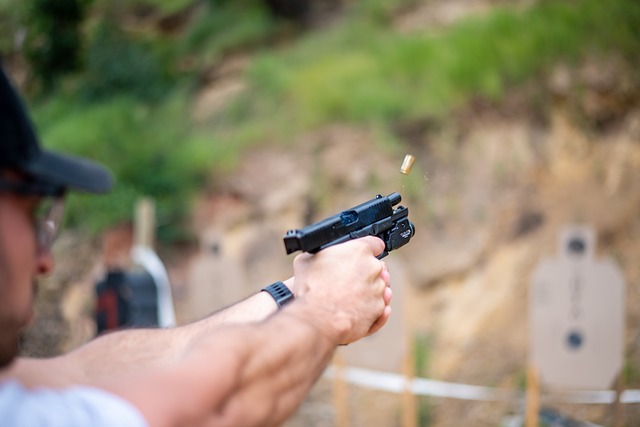Many people’s idea of a fun, relaxing holiday involves their family and friends. Camping with a fifth-wheel trailer and some camping supplies, at a beautiful camping spot, may be just what the doctor ordered!
You can hit the road, set up your “house on wheels” next to a river or lake, and spend time with your loved ones while getting a much-deserved break. Ah yes, the camper’s life can be a blissful one!
However, if you’re new to the camping scene, a fifth wheel trailer may present a few challenges. The complete fifth-wheel trailer camping guide below provides all that information and more!
Understanding A Fifth-Wheel Trailer
Maybe you’ve been used to car camping, using items like ARB car camping gear, or other products, any other way of camping can take a while to learn.
Fifth-wheel trailers are no exception. They are travel trailers that are popular among RVers who desire stable and easy towing. They are also much larger than many other camper trailer types, making them desirable for families who wish to take extended camping holidays.

Fifth wheel camper trailers have great storage capacity and can have water filtration systems, holding tanks, generators and even solar power! (photo credit Keystone RV)
Fifth-wheel camper trailers typically boast boondock-friendly features like generators, holding tanks, solar power, and water filtration systems. They also have significant exterior storage and great towing stability due to the hitch of the trailer being over the towing vehicle’s rear axle.
Inside, campers using fifth-wheel trailers can’t help but feel like they have everything they need for long-term camping in the wilderness. Many of the best fifth-wheel trailers have multiple slide outs to provide more living space. They also have high-quality appliances, a great deal of storage, and at least one or two bedroom areas.
You won’t find too many fifth wheel trailers without well-established bathrooms and kitchens for a comfortable and convenient camping experience. You can still keep all your car camping gear for the various types of camping, but you can also enjoy a few upgrades when you invest in a fifth-wheel trailer.
-
Sale!

N1 Outdoors® Duck Camo Block Logo Heavyweight Hoodie
$34.00 Select options This product has multiple variants. The options may be chosen on the product page -
Sale!

N1 Outdoors® “Sunset Mountain” Pullover Hoodie
$34.00 Select options This product has multiple variants. The options may be chosen on the product page -
Sale!

N1 Outdoors® Compass Pullover Hoodie
$34.00 Select options This product has multiple variants. The options may be chosen on the product page
Why Is It Called A Fifth Wheel Trailer?
You might be wondering, “why is it called a fifth wheel trailer anyway?”
Fifth wheel refers to a hitch that allows for attachment of a trailer or other cargo to the back of a truck, tractor or other large vehicle. So, because you’re attaching your camping trailer to the fifth wheel, it’s called a “fifth wheel trailer!”
Write a List of Supplies
The beauty of camping with a fifth-wheel trailer is that you rarely have a long list of items to pack.
You can typically leave most camping supplies in your trailer each time you travel. However, being a new camper means you may still need to get everything you need for your first comfortable and fun fifht wheel camping trip. As a result, some items on this essential camping list below might be considerations for your own must-pack list:
- Food
- Kitchen staples – cutting boards, utensils, garbage bags, can opener
- Device chargers
- Blankets, sleeping bags, and seasonal bedding
- Pillows
- Electrical adaptors
- Extension cords
- Toilet chemicals
- RV-friendly toilet paper
- Motor oil and transmission fluid
- Fire extinguisher
- Water pressure regulator
- Tire pressure gauge
- Emergency road kit
- Shovel
- Clothing
- Personal items and toiletries
- Outdoor fun gear – binoculars, playing cards, sports equipment, fishing gear
Choose Your Fifth Wheel Trailer Campsite

Buying a fifth-wheel trailer is just one part of your new camping experience. You also have to decide where you’d like to park it!
Some people traveling on a budget take advantage of the policies of businesses like Walmart that regularly offer free RV parking in their lots overnight. Otherwise, you may opt for the helpful amenities, services, attractions of dedicated RV campgrounds.
Depending on where you are, RV campers may also be able to enter national parks, such as the Acadia National Park in Maine and the Arches National Park in Utah.
If you have a national park near you, research camping site options and see if they’re RV-friendly.
Learn Road Rules and Etiquette
Traveling with a fifth-wheel trailer often requires a different approach than traveling in a car or pickup truck without a trailer.
You now have a long trailer behind you and may need to travel at a lower speed. Your get-ready checklist can also be much longer when you’re setting off for an extended road trip. Get into the habit of taking these actions when traveling with a fifth-wheel trailer:
- Stay out of the fast lane unless you’re passing a much slower vehicle
- Chock your wheel when you arrive at a campground
- Balance and level your camper – this is important for a good night’s rest!
- Triple-check all your hookups for safety
- Batten down windows and hatches before traveling
Understanding Fifth Wheel Trailer Towing Weight Limits

You can sometimes be so focused on buying the perfect fifth-wheel trailer for camping that you forget about the vehicle to tow it. While many capable vehicles exist, not all are. Understanding your vehicle’s towing limitations is crucial for your safety on the road. Your towing vehicle must be rated for the weight of a fully loaded fifth-wheel trailer.
Pay attention to the gross vehicle weight rating (GVWR), gross axle weight rating (GAWR), and the carrying capacity, also known as the payload. The GVWR is the maximum weight a truck can weigh once the fifth-wheel trailer has been hitched onto it, with its full load, including passengers. The GAWR (gross axle weight rating) refers to how much weight each axle is rated for. There is always a front and rear axle rating, with your fully loaded truck weighing less than each number.
Finally, the payload or carrying capacity is the weight you can put into or on your towing vehicle before it reaches the gross vehicle weight rating. This works out to be the GVWR minus the truck’s curb weight.
If you’re unsure whether your vehicle will be suitable for your new fifth-wheel trailer, ask your local automotive experts for help. They can help you determine your towing weight limitations.
-
Sale!

N1 Outdoors® “Lumber Mountain” Tee (Various Colors)
$9.00 Select options This product has multiple variants. The options may be chosen on the product page -
Sale!

N1 Outdoors® CLIMB. Tee
$19.00 Select options This product has multiple variants. The options may be chosen on the product page -
Sale!

N1 Outdoors® Compass Tee
$9.00 Select options This product has multiple variants. The options may be chosen on the product page
Camping Accessories to Consider
While most fifth-wheel trailers come with nearly everything you need for comfortable and convenient camping, there are a few additional accessories you may like to buy to enhance the experience. Sometimes, it can take a few camping trips to realize what these are. However, you may like to research some of the following pieces of camping gear for fifth-wheel trailers:
- Leveling blocks and jacks for perfect leveling on all camping sites
- Wheel chocks to stop your trailer from rolling once unhooked
- Surge protector for campground power units
- Drinking water hose for clean drinking water at campgrounds
- Sewer hookup hoses for convenient sewer connections and dumping
- Bike trailer hitches for fun outdoor activities and transport
Final Thoughts On Fifth Wheel Trailer Camping
Camping with a fifth-wheel trailer can be a learn-as-you-go experience. However, that doesn’t mean you can’t be well-informed before you hit the road. So, take note of these tips above to enjoy a more confident first fifth wheel camping trip!



















